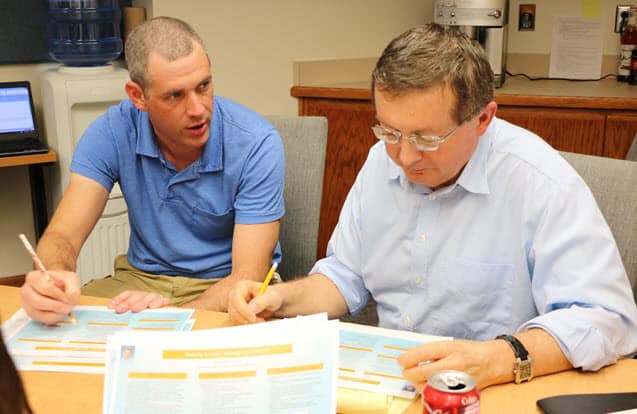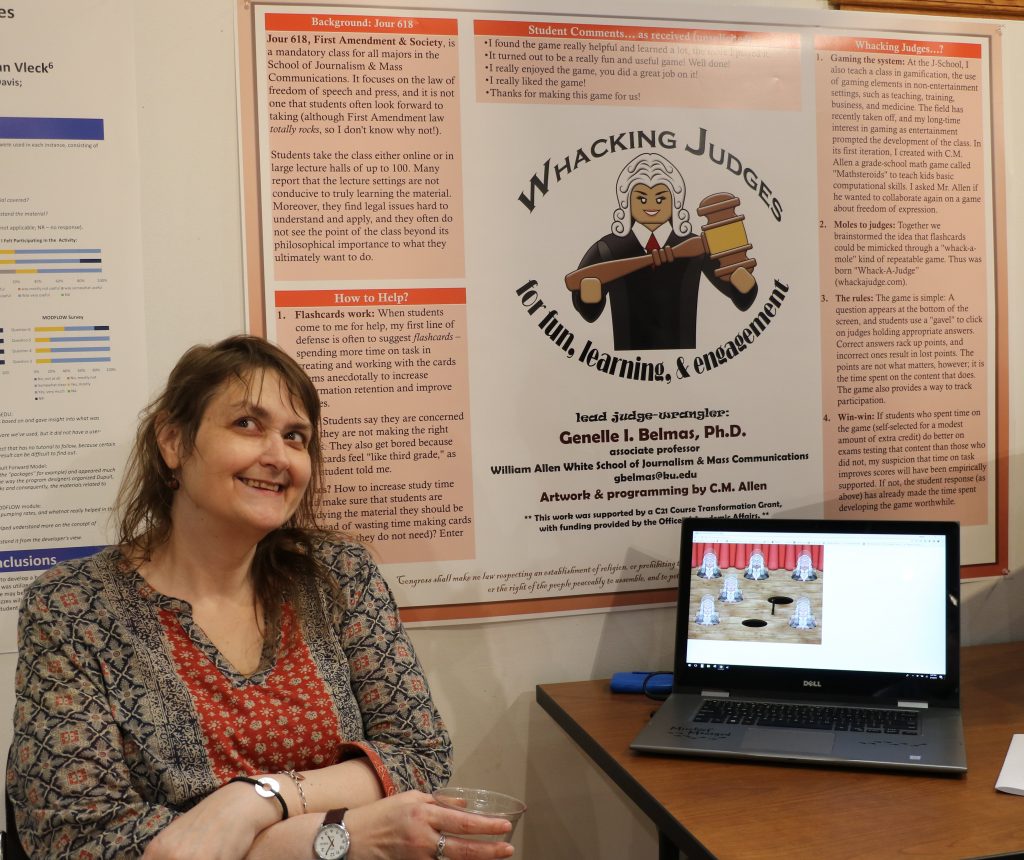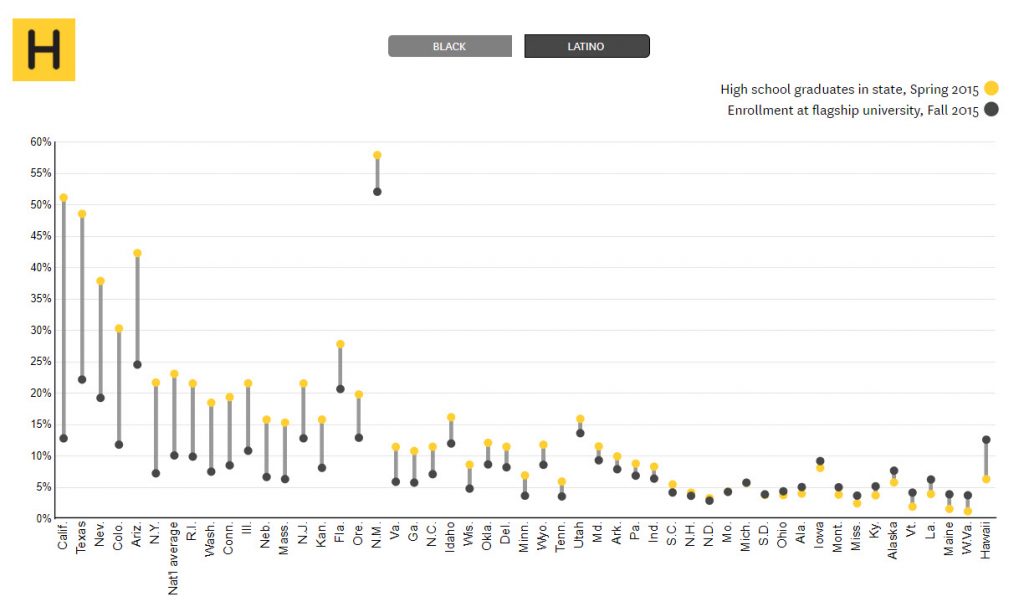By Doug Ward
Projects associated with programs at the Center for Teaching Excellence have led to national recognition for two KU professors.

Ward Lyles, assistant professor of urban planning, received one of three curriculum innovation awards from the Association of Collegiate Schools of Planning and the Lincoln Institute of Land Policy. Lyles developed a quantitative methods course that uses team-based learning and focuses on the type of work planners do in their communities.
Lyles’s class emphasizes the importance of equity and inclusion, and he said his work in CTE’s inaugural Diversity Scholars Program allowed him to think through ways to make the class more inclusive. That includes reflection sessions on how personal and group identity shape thinking.
“Personal and group reflection gets students thinking about their own identities and experiences and how their unique characteristics shape their interactions with other people,” Lyles told KU News Service. “Recognizing similarities and differences between our own identities and experiences and those of people we work with is essential for collaboration.”

Genelle Belmas, associate professor of journalism and mass communications, won top honors in a teaching competition sponsored by the Law and Policy Division of the Association for Education in Journalism and Mass Communication.
Belmas used a course transformation grant from CTE to develop an interactive digital game called Whack-A-Judge. Her interest in the project grew from a popular journalism class called Gamification she developed a couple of years ago. (I wrote last year about an exercise she did in helping students move into a flow state.)
Whack-A-Judge is intended to help students learn concepts for First Amendment and Society, a 600-level class that focuses on media law. The game, which is modeled on the arcade game whack-a-mole, flashes questions at the bottom of an on-screen game board. Players click (or whack) on judges who emerge from holes on the board holding signs with the names of court cases. The goal is to whack the judge with the right answer before that judge disappears back into a hole.
Preliminary results showed that the game improved students’ test scores, Belmas said.
Where state money that might have gone to higher ed now goes
Adjusted for inflation, states’ per-student spending on higher education has declined by 25 percent since 1997.
That’s no surprise. I’ve written before about a similar decline in spending in Kansas.
Nor is it a surprise that tuition has risen as states have reduced their support of higher education. (More about that shortly.) It is interesting, though, to see details of how state cuts lead to increases in tuition and how education spending ranks among states’ priorities. Douglas Webber, an associate professor of economics at Temple University, explores those in an article in EdNext. Here are a few things he found:
- Net tuition at a public four-year university doubled between 1997-98 and 2017-18 as states reduced per-student funding by 25 percent. Net tuition is what a student pays after grants and scholarships are figured in.
- For every $1,000 per student that states cut from college and university budgets, tuition rises by $300. That translates into thousands of dollars coming directly from students’ pockets, or more likely, dollars added to students’ debt.
- In total dollars, state funding for public higher education increased 13.5 percent between 1987 and 2015. Yes, it increased. The bigger issue is that during that same time, enrollment grew more than 57 percent. It’s a classic example of being asked to do more with less.
That growth in students especially taxes large state universities, which, Webber says, have taken in the vast majority of new students but “have long since exhausted their economies of scale.” That is, it is extremely difficult to add more students without charging more or reducing the quality of education.
Webber says that much of the money that might have gone into higher education is now going to Medicaid. He calls that one of the “tradeoffs facing state and local governments.” Here’s where state spending increased the most between 1987 and 2015, according to Webber’s analysis:
- Public welfare (including Medicaid): up 200 percent
- Health and hospitals: up 67 percent
- Corrections: up 66 percent
- Police and fire protection: up 59 percent
- K-12 education: up 41 percent
Most certainly, rising health care costs are eating up more and more of states’ budgets. As Webber cautions, though, it’s impossible to say that an increase in one budget item “causes” a decrease in another. Nor must increases in one area lead to cuts in another. That’s a political decision. And Webber emphasizes that the figures are averages for all states. For instance, Vermont’s spending on public welfare increased three times more than Utah’s. Similarly, six states actually increased their per-student spending on higher education (Connecticut, Mississippi, Nebraska, New Mexico, Oklahoma, and Wyoming) while Pennsylvania cut its contributions by 56 percent.
As Webber says, there isn’t just one story about how states spend their money. There are 50 stories. The statistics, though, reflect the challenges that state lawmakers confront each time they create budgets. It has become clear over the past two decades, though, that higher education isn’t high on that list of budget priorities.
Briefly …
The University of Missouri system will eliminate or merge 12 graduate programs and eliminate 474 jobs as part of a $100 million budget cut, The St. Louis Post-Dispatch reports. You can see a list of the affected programs here. … The Department of Education expects to open bids this summer on development of $5 million in open educational resources, The Washington Post reports. Congress included that money in the 2018 federal budget. … Google has made Google Scholar easier to use on a smartphone. New mobile-friendly functions provide article previews and the ability to swipe through articles for reading. Google Scholar on mobile also allows you to save articles to a “My library” folder for later reading on a computer.





Recent Comments